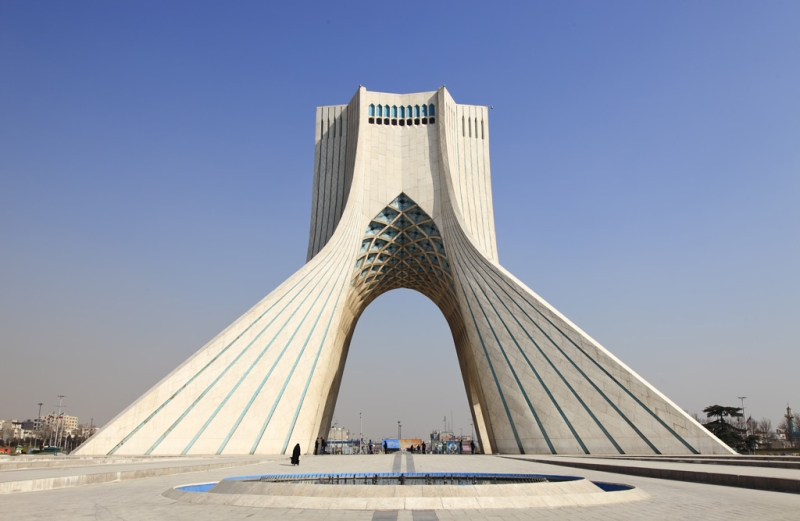
Iran has not been the most popular tourist destination for a long time. But in recent years, everything has changed: attitudes towards foreigners have become more loyal, obtaining a visa is quite simple, and cheap flight options are appearing. The country has realized that you can make good money from tourism, and welcome guests. There are so many interesting places in
Iran that it is enough for a two-week trip, but before packing your bags you need to know a few important rules, which are highly inadvisable to break.
What you need to know first
Although the country has become friendlier to tourists, it still remains Muslim. This means that many traditions, customs and norms of behavior are very different from those familiar to us, so it is better to immediately prepare yourself for certain rules.
Firstly, you should always carry your passport with you. On the street, a police patrol may stop you and check your documents. The main thing here is not to contradict the law enforcement officers and simply show them your passport with a valid visa. If you start to sort things out with the police, you will be taken to the police station, held there for a while, given a fine for insubordination, and may have to leave the country early.
Secondly, drinking alcoholic beverages is strictly prohibited. Actually, finding alcohol in Iran is problematic: it is not sold here, and only non-alcoholic beer is available. It’s also not possible to bring a bottle or two with you – everything is confiscated at the airport. Of course, you shouldn’t drink alcohol during the flight either: Iranians have a negative attitude towards people who drink, which can complicate passing control. Another feature is that smoking is prohibited in public places.
Thirdly, it is important to choose the right wardrobe. Clothes should not be bright, so we leave Hawaiian shirts and Bermuda shorts for a trip to Egypt or Turkey. Men are luckier in terms of dress code: clothes just have to be clean and in discreet colors. Pants are only long, shorts are not included. The sleeves of the shirt are no higher than the elbow, so it is better to wear long sleeves. Dresses for girls are becoming more strict: a scarf (rusari) is required on the head,
clothes are as long as possible, arms should be covered up to the wrist, and legs should be covered almost to the toes. Tight clothing is prohibited; if you wear a skirt, then it should be wide and long, and in no case transparent.
Fourthly, if you came to Iran with your wife or girlfriend, then you strictly cannot show how you cannot live without each other. The most you can do is hold hands. But kissing, hugging, touching the back and other parts of the body are taboo. For Iranians, such behavior is unacceptable, and the reaction, depending on the conservative views, can be unpredictable. And it’s good that foreigners of different genders are allowed to stay in the same hotel room, because for locals even this is too frivolous.
So, the alcohol is left at home, the clothes hide everything that can be hidden, we keep our hands to ourselves when walking with the girl, we took the documents. You can go sightseeing, but it’s important to know one last rule. In Iran, it is prohibited to photograph palaces, military installations, government institutions, and it is also prohibited to photograph women. Men are welcome, but it’s better to ask permission first. And now – the ten most interesting places in Iran, which will pay for all the complex rules of behavior in this country.
Azadi Tower
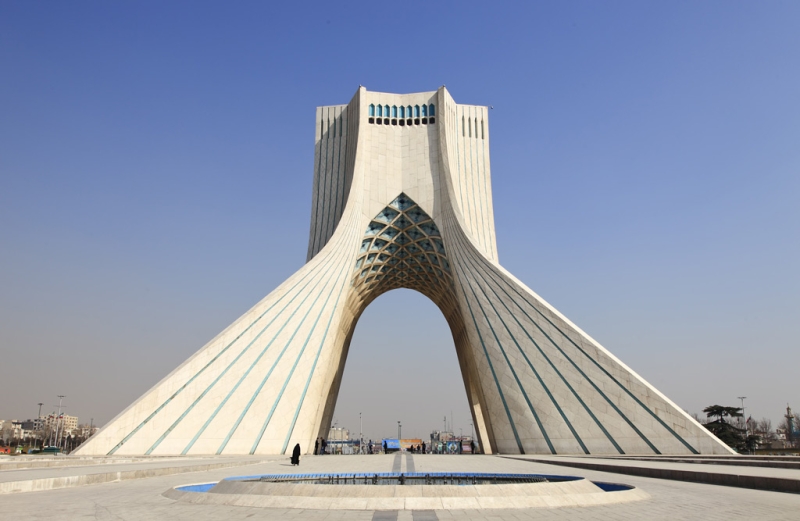
The Freedom Tower, as it is also called, is a kind of symbol of Tehran. Built for the 2500th anniversary of the Persian Empire. The structure is located in the western part of the city near the road, and if you are traveling to the Iranian capital from Mehrabad airport, this is the structure you will see first.
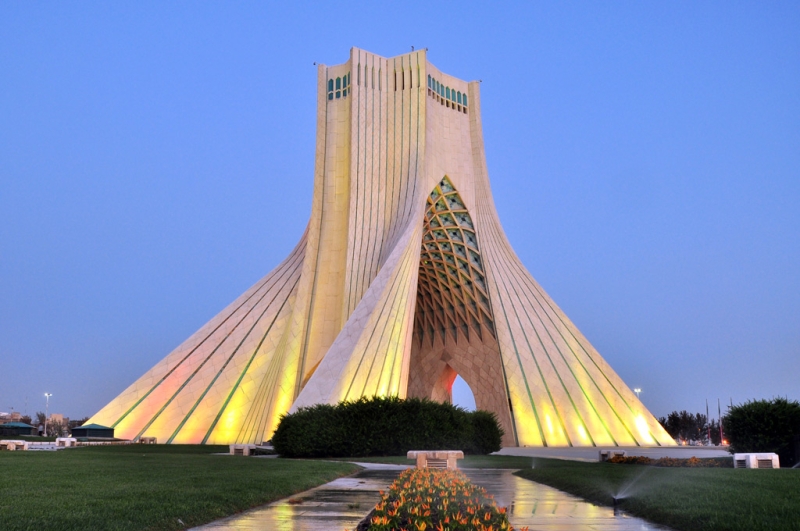
The tower is built from eight thousand blocks of white marble. Inside there is a cultural and archaeological exhibition that allows you to learn the history of Iran from time immemorial to the present day. On the top level there is an observation deck with a view of Tehran.
Mount Tash-Kuh
Mount Tash-Kuh, located in the province of Khuzestan, means “mountain of fire” in Persian, which more than succinctly describes this place. The flame in this mountain never goes out. Geologists studied the unusual phenomenon and came to the conclusion that combustion occurs due to natural gas in the bowels of the earth and soil with a high sulfur content. Gas, escaping to the surface through cracks and holes in the mountain, immediately ignites.
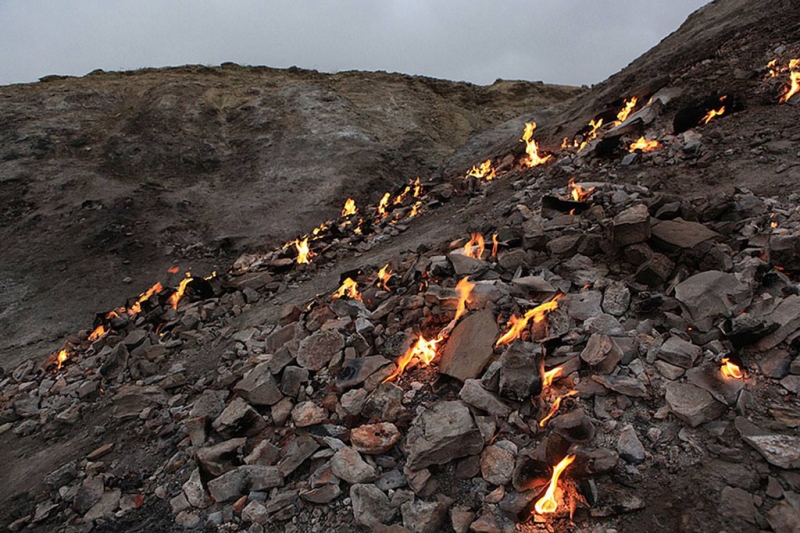
If possible, it is best to come here at night – in the dark the flames look especially cool, filling the surroundings with a soft yellow light.
Golestan Palace
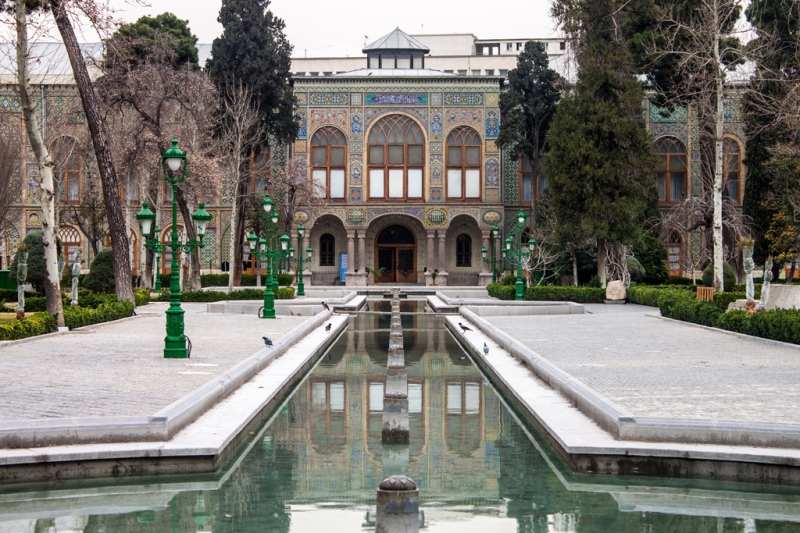
Golestan used to be the residence of the Qajar clan. Construction began on it in the first half of the sixteenth century, and later it was often remodeled. Now the palace houses a museum. The central part of Golestan is occupied by the Marble Throne Hall, where ceremonies and receptions were held – it is decorated with frescoes and paintings by the best masters of his time.
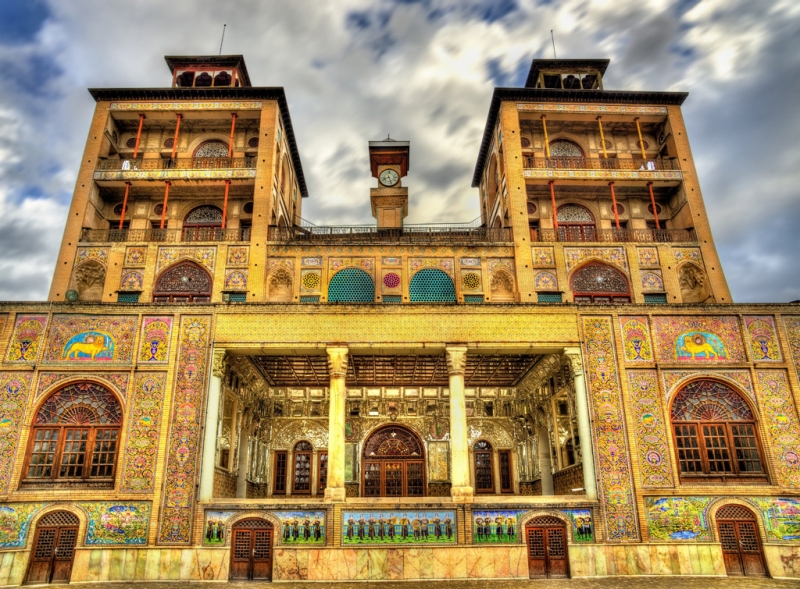
The palace complex consists of approximately twenty buildings, they are divided into seven zones: the Diamond Hall, the Portrait Gallery, the Anthropological Museum, the Photography Museum, the Marble Throne Hall, the Shams-ul-Emaneh Pavilion and the Art Gallery. The exhibitions include works on metal and stone, tapestries, ceramics, clothing and shoes, household items.
Palaces in Kashan
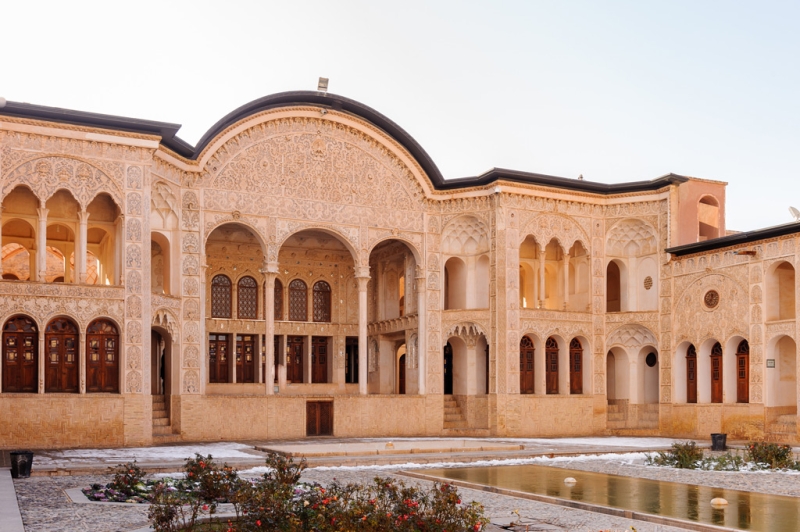
This small city with a population of 200 thousand people has many palaces. The most famous are Boroujerdi, Tabatabaye, Ameri and Irani. The latter is about 250 years old and has now been converted into a hotel. During the reconstruction process, the architects preserved all the characteristic features of the building and gave it the most authentic look.
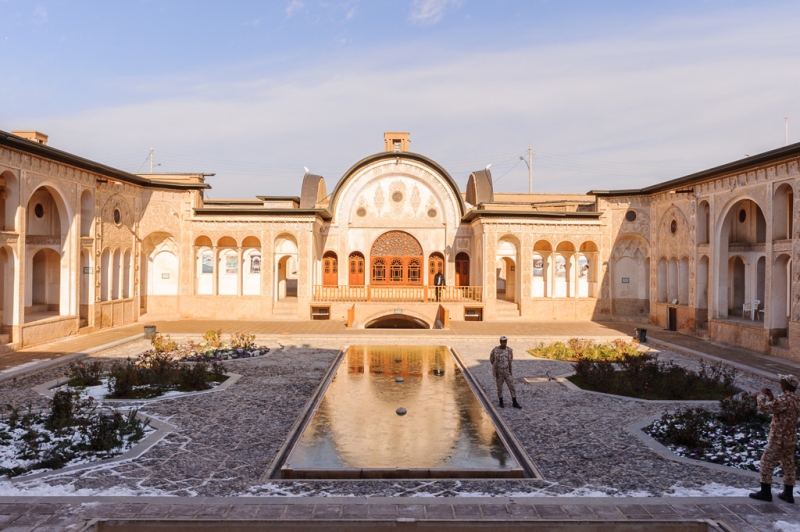
Tabatabaye Palace is famous for its stained glass windows and four courtyards with ponds and beautiful gardens. Borugeri was built for the bride of a large merchant. This residence has three unique air conditioners – wind towers that cool the building to a comfortable temperature even on particularly hot days. Ameri is one of the largest palaces, its area is 9 square kilometers. Now there is a museum here.
Kandovan Village
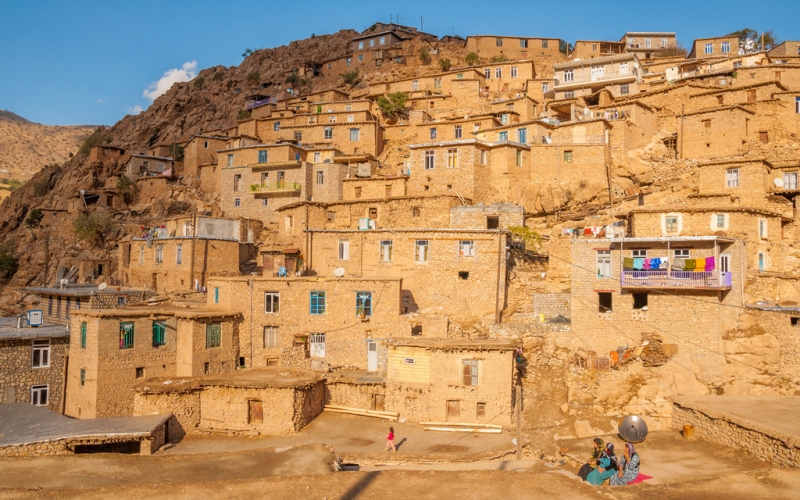
The village is notable for the fact that it is located right in the rocks. The dwellings are carved from stone, and the houses are monolithic; you definitely don’t have to worry about a leaky roof or think long about the interior design.
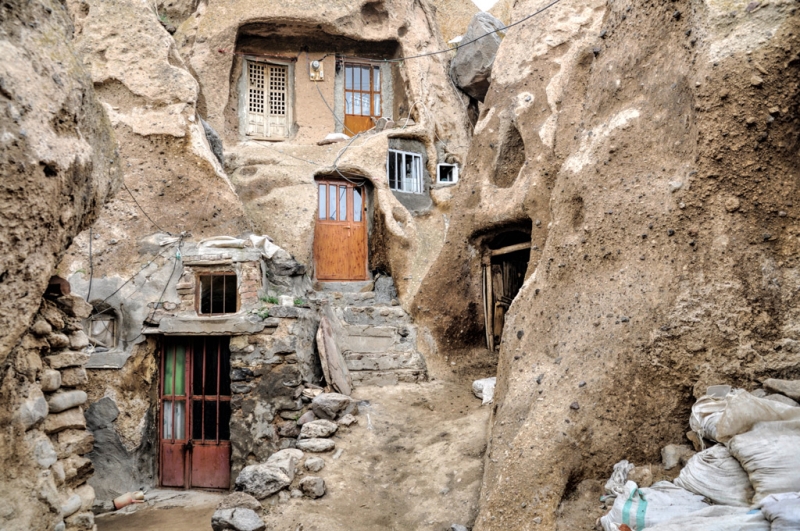
On the outside, stone walls look impressive and strict. The interior, as a rule, does not look too ascetic – there may be quite modern furniture, electricity and the Internet. In general, Kandovan is a charming and pleasant place where tourists are always welcome.
Iranian National Museum
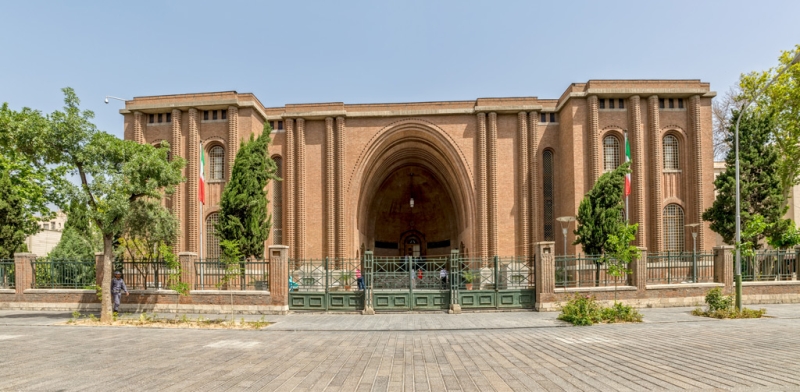
This is the largest historical and archaeological museum in Iran. It contains about three hundred thousand exhibits. Many monuments of Persia from ancient times are kept here. After walking through all the halls, you can study the history of Iran well. The exhibits are kept in two buildings: one dedicated to the pre-Islamic period, and the second to the time when Islam had already appeared.
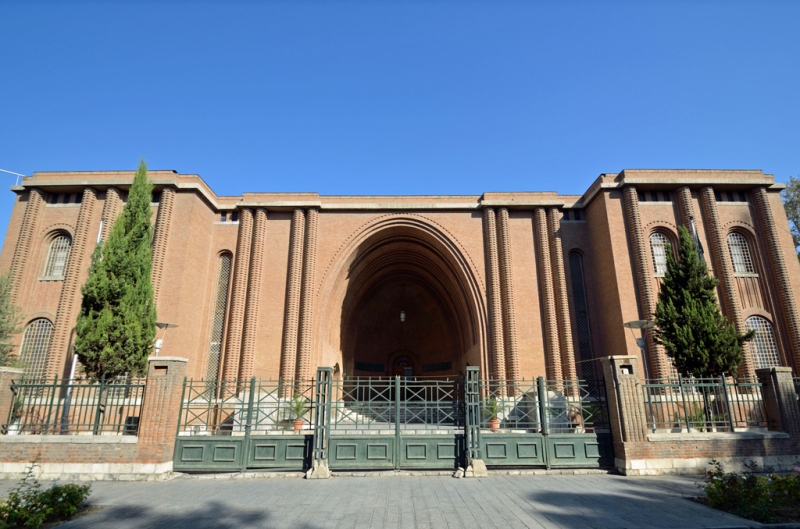
The most valuable exhibits include a sculpture of the Lady of Varca, created in 3500 BC, a statue of a sitting dog, cuneiform slabs, and an ancient capital. All items in the museum are in excellent condition and are worthy of attention.
Mausoleum of Saadi and Hafiz
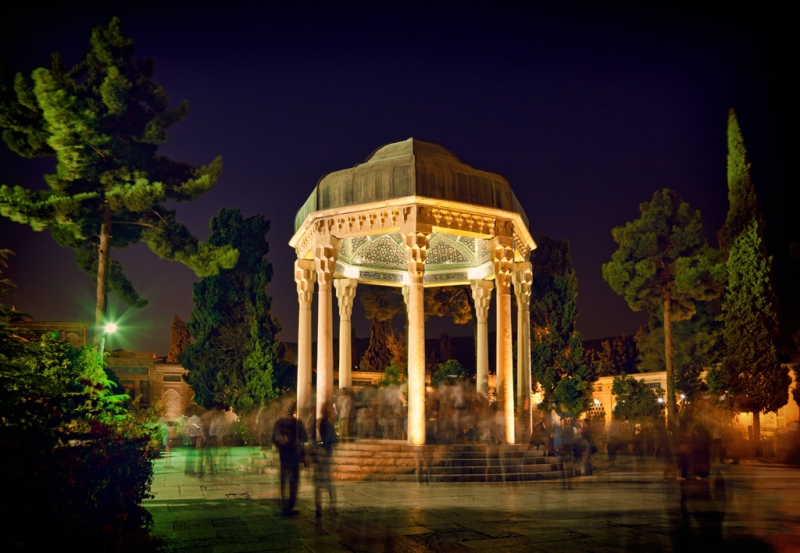
These are two different mausoleums, both located in the city of Shiraz. Hafiza Shirazi was a Persian poet whose works are still studied in schools and universities to this day. The memorial complex dedicated to him has a large garden with flower beds and fruit trees.
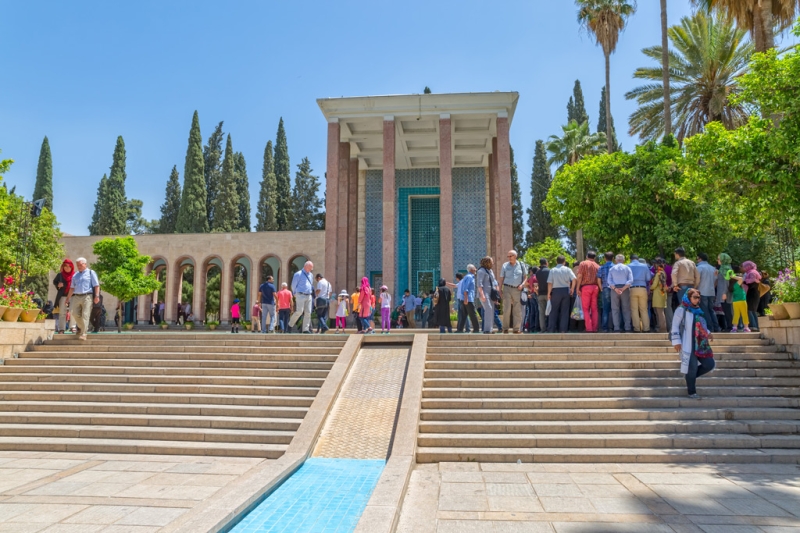
Saadi was another poet whose works had a great influence on the formation of Islamic literature. After the poet’s death, pilgrimages began to be made to his grave. This mausoleum also has a garden and a fish pond. Just in case, let’s warn you: fishing is prohibited there.
Karim Khan’s Fortress
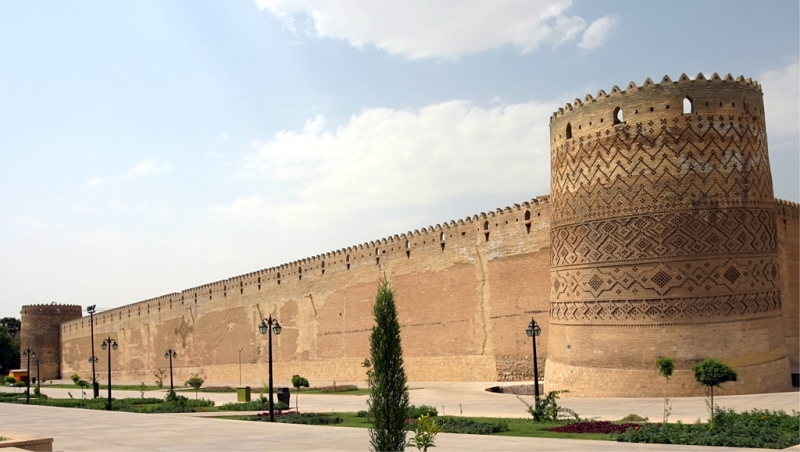
In addition to the tombs of poets, Shiraz is home to the monumental fortress of Karim Khan. In the courtyard of the fortress there were once two swimming pools and a citrus garden. But a troubled period once came in its history – in the first half of the twentieth century it was converted into a prison.
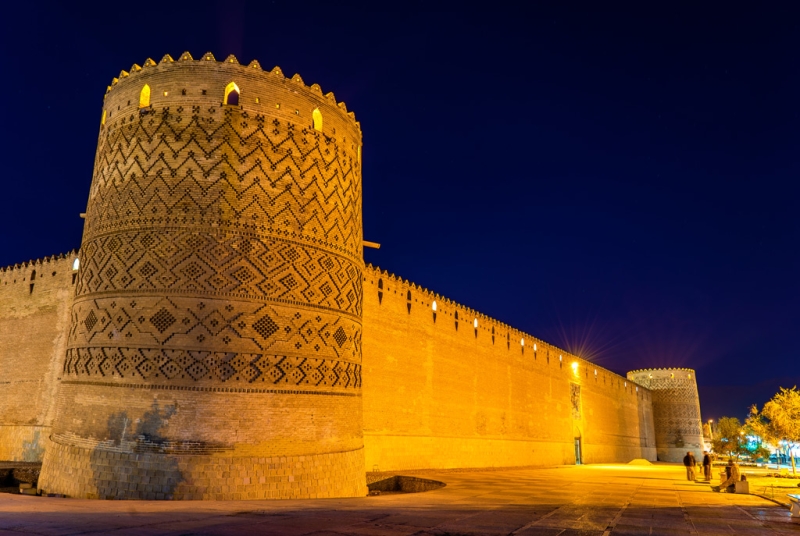
During this time, the fortress suffered greatly: the frescoes were destroyed, the windows were partially covered, and the luxurious rooms were partly converted into utility rooms. But in 1977, the Iranian authorities decided to return the fortress to its former appearance. The complex is now open to tourists and has an excellent museum.
Carpet Museum
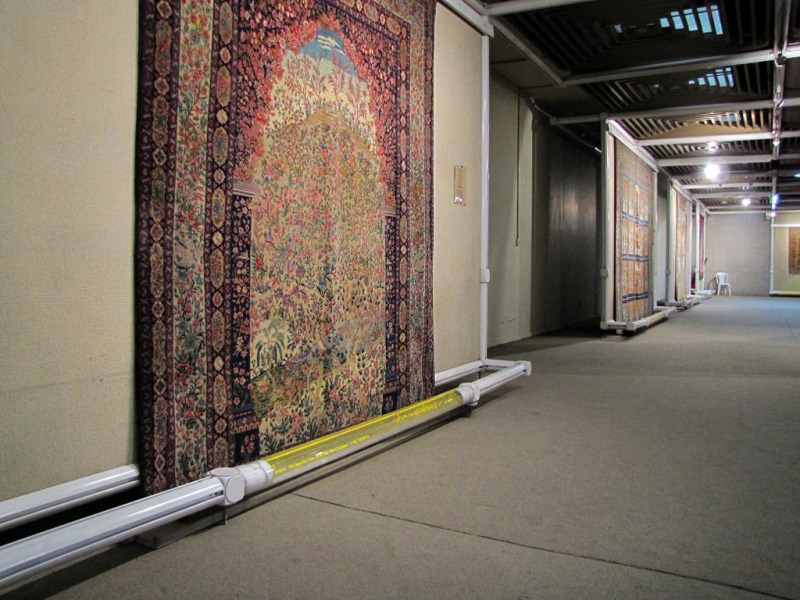
The carpets that are collected in the Tehran museum will be the envy of people born in the USSR – such beauty can be hung on the wall or placed on the floor. But, I think, some of the local carpets are priced higher than the cost of apartments in residential areas of Moscow.
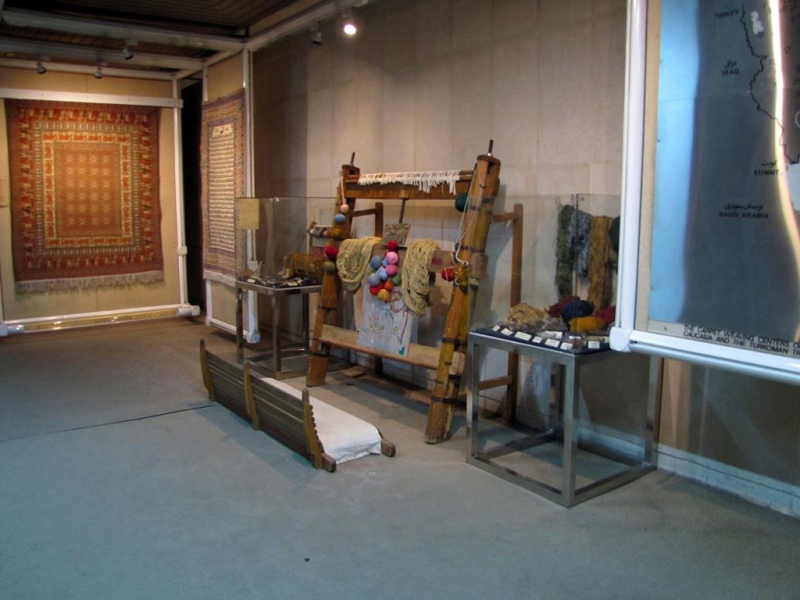
Here are carpets created in the 19th-20th centuries, many in excellent condition. The weavers had remarkable patience: fabrics of this size take incredibly long and difficult time to create. The museum also has a variety of items that craftsmen used when working on carpets.
Opera Theater named after. Rudaki
The opera house is widely known in Tehran, which was presented by the Shah of Iran Mohammad Reza Pahlavi to his wife, Empress Farah, on the occasion of her coronation. The Opera House serves as the stage for the country’s best ballet and opera companies.
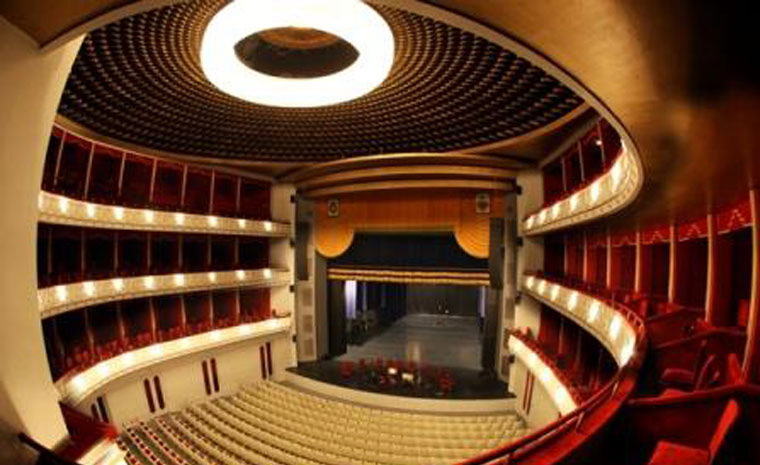
As often happens in Eastern culture, the building looks majestic and pompous: the façade is lavishly decorated with white marble. The main hall seats 1200 spectators. Any performance of this theater is worth going to – you definitely won’t regret it.

